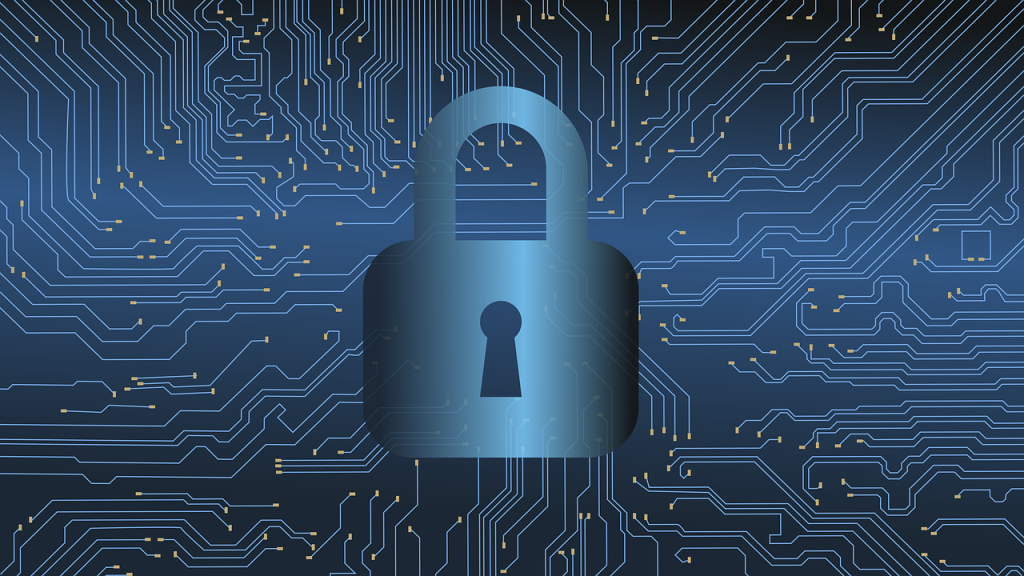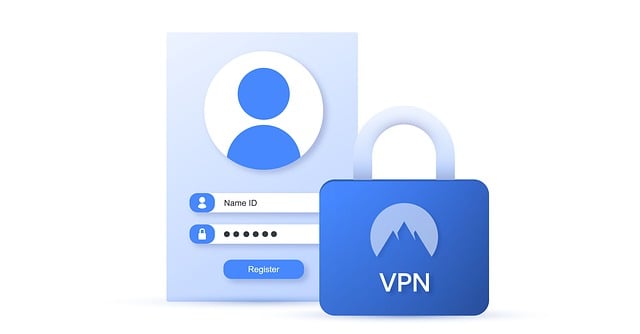
If you work in the cybersecurity industry, you might have realized that cybersecurity professionals do not have off days. There are simply so many dirty players who just want to hack into corporate networks and get unauthorized information and valuables. According to a 2024 Skybox Security report, there were more than 30,000 vulnerabilities disclosed in the last year. This was a 17% YoY increase!
With cybersecurity being on the rise, organizations are finding new ways of dealing with these crooks. For instance, the use of zero trust network access (ZTNA) ensures that every user is verified before they can get access to internal resources. Just as the name suggests, ztna assumes that threats exist both inside and outside the network (which is very true). The 2024 Insider Threat Report by Cybersecurity Insiders claimed that 83% of organizations had experienced insider attacks in the year.
The role of IP-based data
Cybersecurity professionals use all the help they can get to help them secure their networks. One of the things that they look at is IP address-based data to help them work around some things. However, you should realize that IP-based data won’t provide security by itself; rather, it provides context that enhances nearly all security strategies that are put into place.
In every IP address, there are characteristics that help security personnel gain important information. For instance, where is that traffic coming from? Is the traffic masked, proxied or bypassed in any way?
The data compiled from the IP addresses helps security experts get to know where malicious attacks come from and what they look like. Using that information, they can set rules and alerts for traffic that resemble some type of way.
Some IP-based data might include extra information, such as:
- The number of times that address has been changed.
- The devices associated with the address.
- The number of observation points.
Now, here are some uses for IP address data.
The use of VPN

The rate at which people are using VPNs is going up by the day. According to GlobeNewswire, the global VPN market nearly doubled between 2019 and 2022. In 2024, the market was valued at $44.6 billion and was expected to grow to $87.1 billion by 2027. Actually, a recent report by Cybersecurity Insiders stated that 93% of organizations actively use VPNs.
One thing that is worrying security personnel is the increasing use of residential proxies and commercial VPNs. The IP addresses that access corporate systems are our main point of concern.
With IP address-based data, security experts can be able to trace proxied traffic and receive helpful information that they can use to detect potential criminal activity. The information they obtain includes:
- Connection type
- Log-in location
- Infected systems
However, with the improvement of technology and the wide use of Generative AI, malicious players are becoming better at credential-stuffing attacks. These are attacks that use compromised credentials to log into systems. These malicious players are increasingly using VPNs and proxies to evade the IP address block list.
Geolocation and anomaly detection
By carefully analyzing the geographical locations linked with certain IP addresses, organizations can effectively monitor user activities and note whenever there is an irregularity. For example, if an account is normally accessed from China, then all of a sudden, it is accessed from Miami, then there is a chance of being a potential risk.
Once the organization notes this, they are able to tailor security protocols following a regional risk assessment. Also, companies are able to deal with global threats more precisely.
One interesting thing you should note is that some countries do not restrict malicious players from operating as long as the operations are outside the borders. Russia is such an example where hackers from their country will not face any legal consequences when they attempt or successfully infiltrate computer systems outside the country. However, with IP address location data, you are able to flag traffic by where it originates and process it in accordance to the set internal rules.
Network analysis and detecting fraud rings
You can integrate IP address data with biometrics such as fingerprints or contact information to uncover organized fraud rings. As stated above, the number of insider attacks is quite high, with 2024 reporting a 5x increase from 2023 for organizations that experienced 11 to 20 insider attacks.
If you are able to deal with these fraud rings, then you are on the road to strengthening your security measures. A sign of organized fraud includes logging in, making transactions or posting content within milliseconds of each other from related IPs.
Looking through all these, you can clearly note that IP-based data can be quite important when dealing with cybersecurity issues. The information provided by IPs allows organizations to detect any anomalies that might be happening through specific IP addresses and thus mitigate potential criminal activities. Also, security experts can blacklist some addresses and tailor security protocols according to the region potential attacks might come from.
